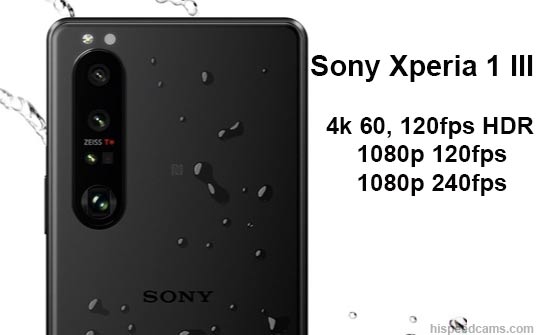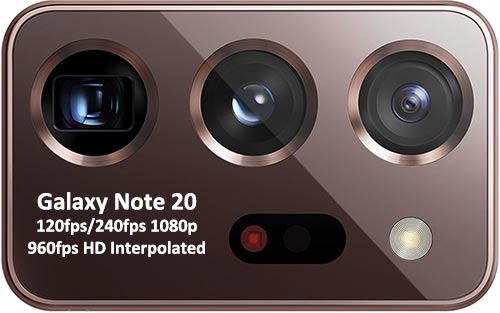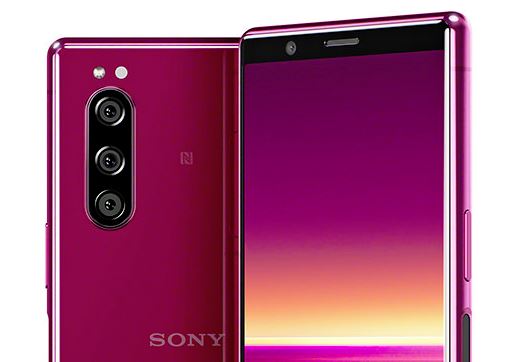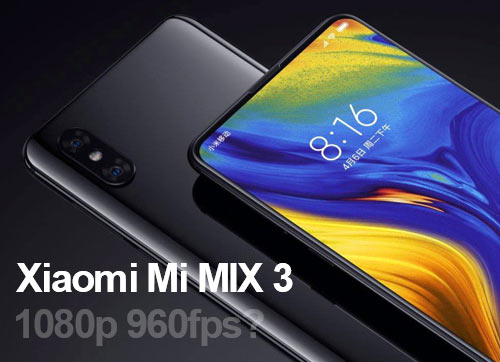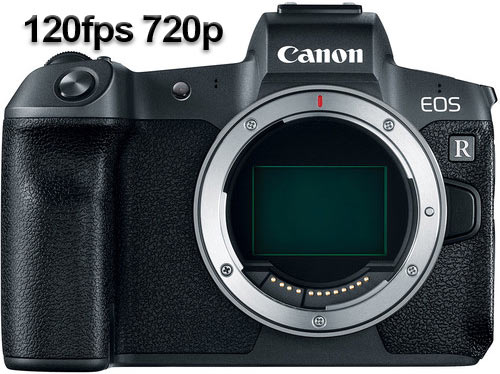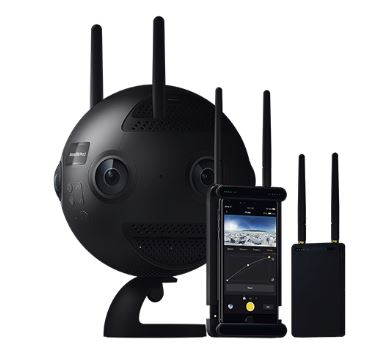Sony continues to recycle the same features over their phone lineup with a slightly dumbed down Xperia 1 phone which is their flagship with the same camera arrangement, screen, and main features. The 1080p 960fps mode is still here with a duration of 0.1 seconds and at 720p of 0.2 seconds. The resolution and quality are not real 1080p as we have discussed before and the reduced time makes it nearly unusable.
However, the feature many are calling a bad omen is the disappearance of the 3.5mm headphone jack. The phone is slimmer and smaller than the Xperia 1 but shares the best traits at a lower price. For many, it will not be enough to counter the popularity of other phones that are more full-featured and offer a vast array of video modes.
Sony Xperia 5 Camera Specs:
| CAMERA Specs |
Triple |
12 MP, f/1.6, 26mm (wide), 1/2.6″, 1.4µm, predictive Dual Pixel PDAF, 5-axis OIS
12 MP, f/2.4, 52mm (telephoto), 1/3.4″, 1.0µm, predictive PDAF, 2x optical zoom, 5-axis OIS
12 MP, f/2.4, 16mm (ultrawide), 1/3.4″, 1.0µm |
| Features |
LED flash, panorama, HDR, eye tracking |
| Video |
2160p@24/30fps HDR, 1080p@60fps, 1080p@30fps (5-axis gyro-EIS), 1080p@960fps |
Sony Xperia 5 Hands-on Review | What’s Changed vs Xperia 1? by Tech Spurt:
The Xperia 5 also has the cinema pro app which made the Xperia 1 so coveted for video shooters. The AF with Eye AF also is here so this phone is probably a better deal than the Xperia 1 considering it has almost identical specs in just a smaller screen size.
https://www.youtube.com/watch?v=OPEPNYrycvM
So after looking at what the Xperia 5 is capable off we have no problem recommending it as the best Sony phone ever based on its price. However, we cannot recommend it as a slow motion solution due to the lower than expected quality and recording time of the 960fps mode.
Xperia 1 960fps Slowmotion test by kao winson:
https://www.youtube.com/watch?v=pPltj327UrY
The sample above is from the Xperia 1 which shows the 6.4 seconds slow motion mode at 720p 960fps. Quality is ok but you can clearly see the jagged edges of lost line information.
In contrast, the sample below by McLarty Films shows the Xperia 1 at 1080p 960fps which equates to 3.2 seconds playback per clip. There is more resolution but also suffers from loss of resolution. Clarity is better but you cannot claim this is a professional-looking image and or worthy of using it for serious production work. It is a fun feature that could be bettered by a larger buffer and better resolution only if, Sony decides to give us that real performance upgrade.
Sony Xperia 1 – Slow Motion Camera Test – Taiwan Surfing by McLarty Films: → Continue Reading Full Post ←

